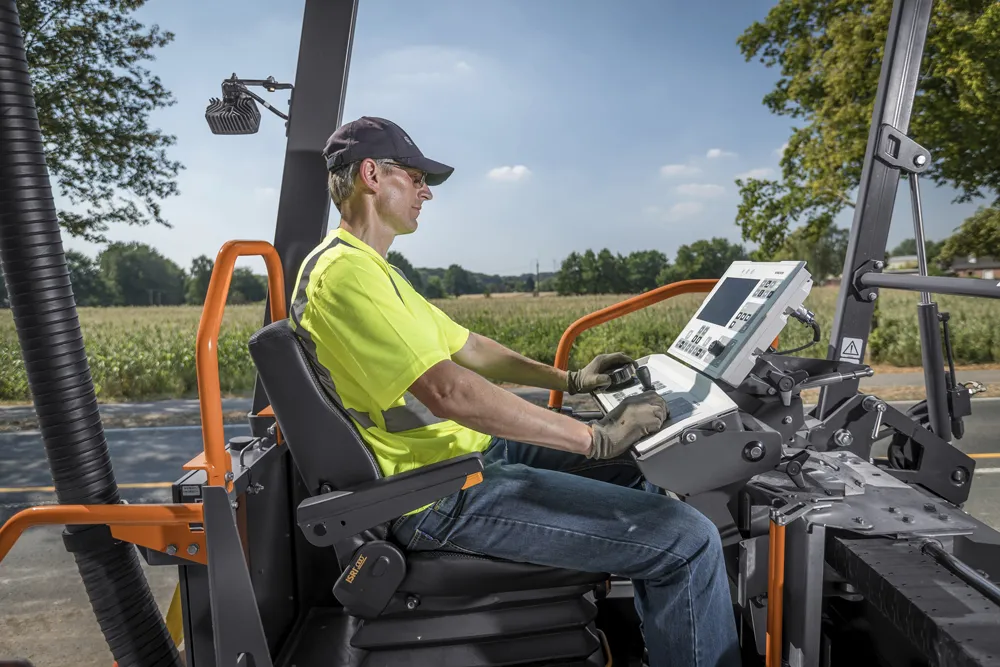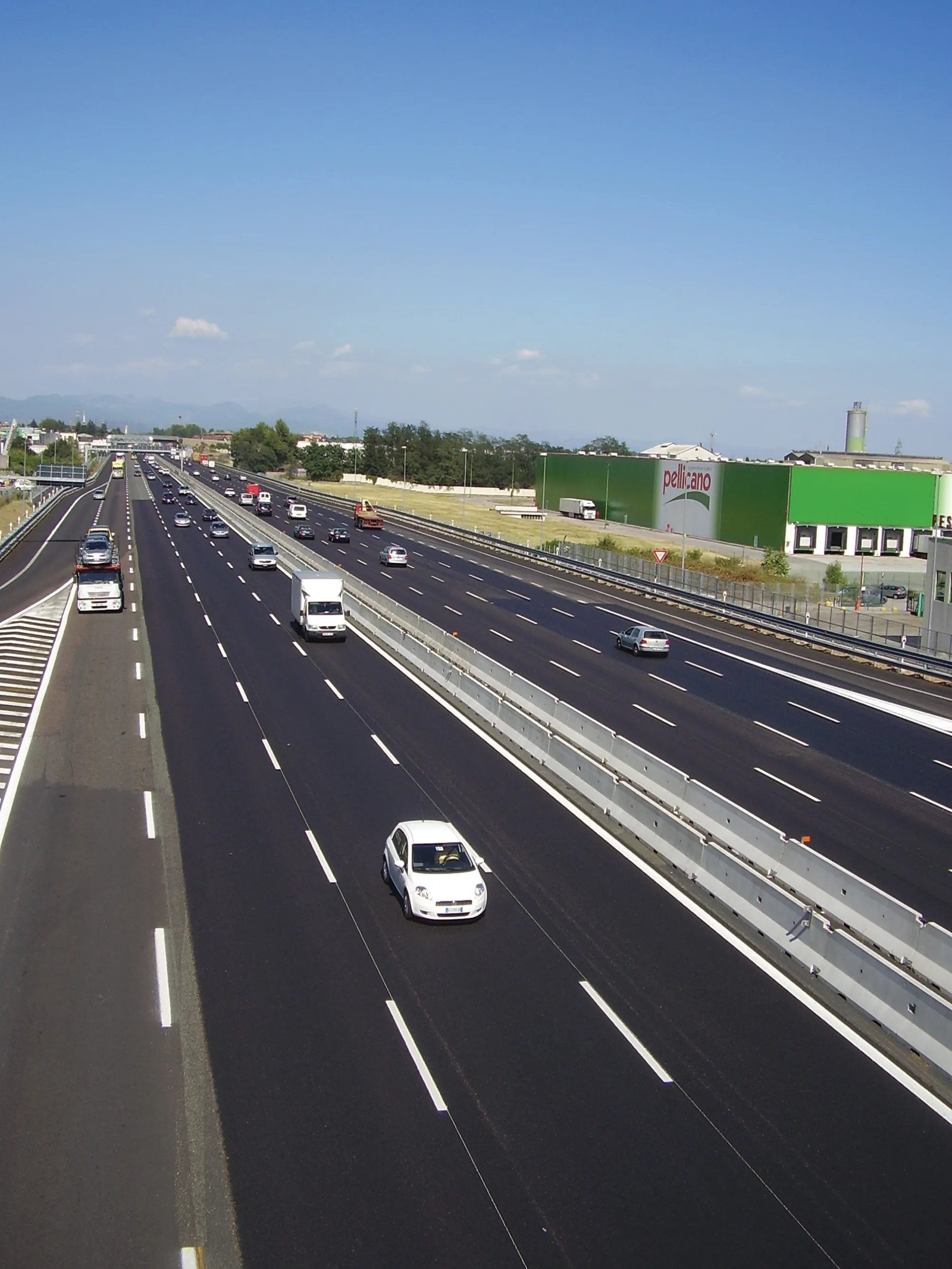By Duncan McCormick
December 9, 2020
Read time: 1 min

The use of innovative technology could optimise infrastructure construction operations…







